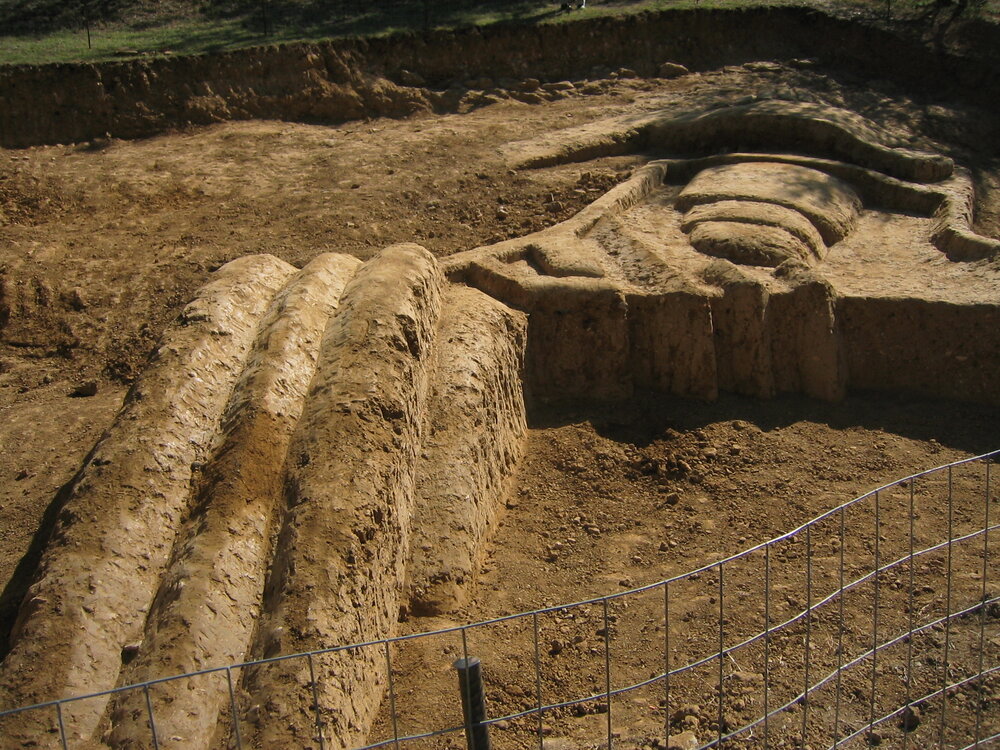"It is a project about ‘life being consumed’.
Tourism has now become a constantly growing phenomenon, despite the world’s future seeming more precarious each day due to wars, diseases, natural disasters, etc. The types and routes of travel are increasingly diverse and innovative: practically anything can be found, ranging from natural landscapes to artificial ones, from historical or folkloric destinations to exotic ones. Even the emerging urban context of modern cities has become a tourist destination. This phenomenon has been driven by the power of mass communication, digitization, and commercialization, and has already turned into a trend: that of the ‘life that is consumed.’ One only needs to observe the enormous production of travel guides of every kind with eye-catching covers, multimedia travel brochures born from substantial investments, as well as simple advertising leaflets. These are distributed to curious and enthusiastic crowds in places like airline fast food outlets, which mix nature, history, and culture. Centuries of historical transformations and cultural differences among peoples are condensed into various tourist routes. Everyone can choose one based on their preferences. In this way, one can relive in a week the marvelous experience of Marco Polo’s long journey, or the adventurous discovery of the New World by Columbus. If the variety of vitamin supplements and countless exercise tools are the biological choice for humans to gain nourishment and good health, then tourism represents a more synthetic way to satisfy curiosity, the desire for emotion, the craving for intense experiences, and the need to kill time. The tendency to live a “life that is consumed” summarizes the belief that in contemporary society everything can be consumed once and for all. If nature, history, culture, and reality have become travel souvenirs, then even our bodies and minds have been definitively consumed. What is the possible alternative to all this? Mamma Mia! was conceived based on the considerations just presented. The intention is to build an artificial tourist site. Its original form is that of an abandoned vaporizer. However, once placed within a holiday context, it will become a surprising and incredible relic. It will be priceless, as a time-worn memento, a remnant of a remote era."

